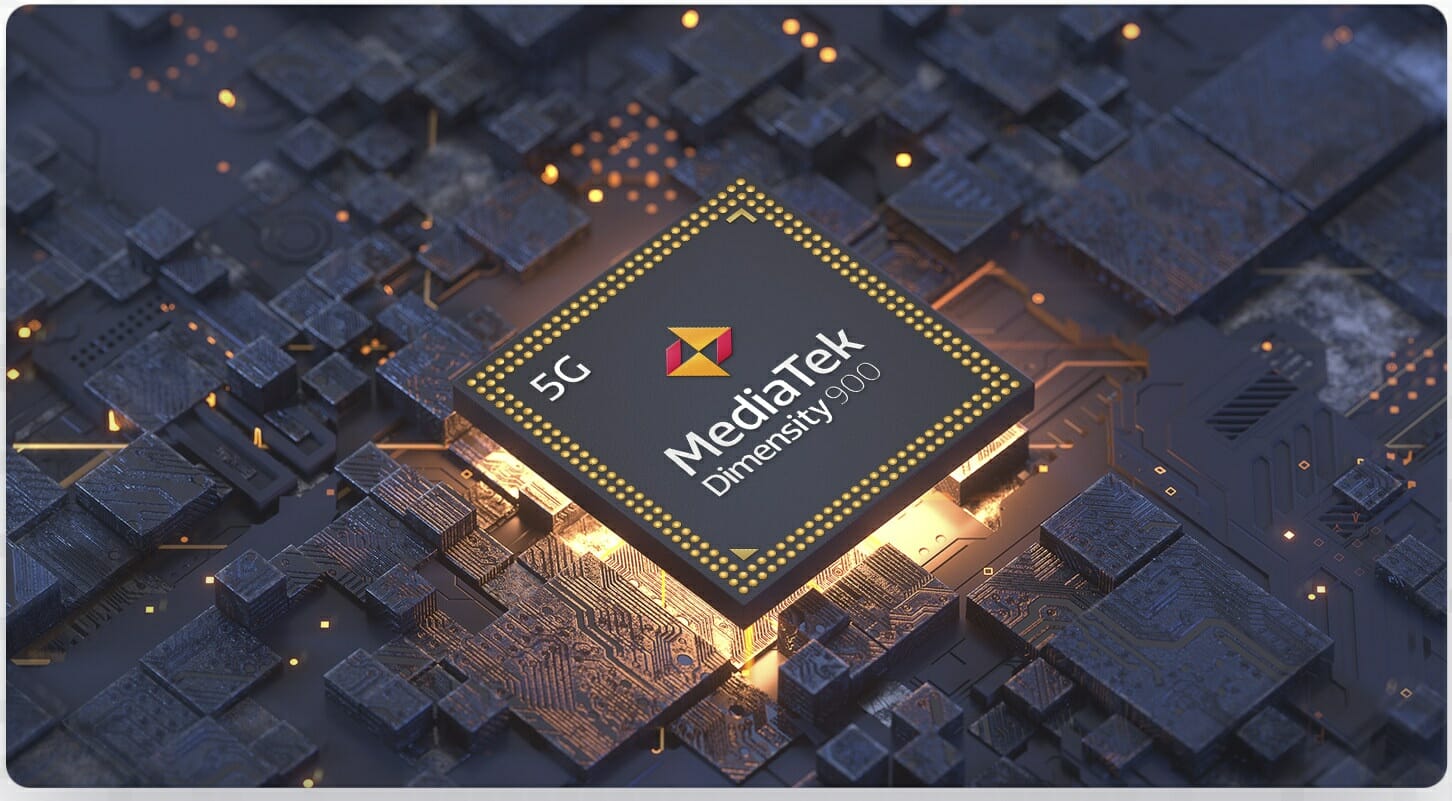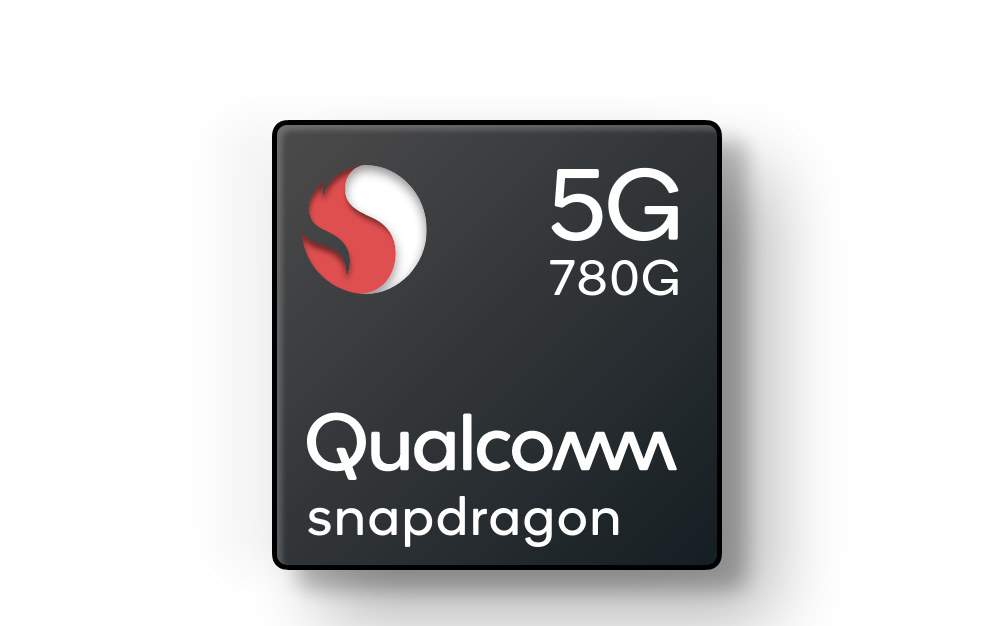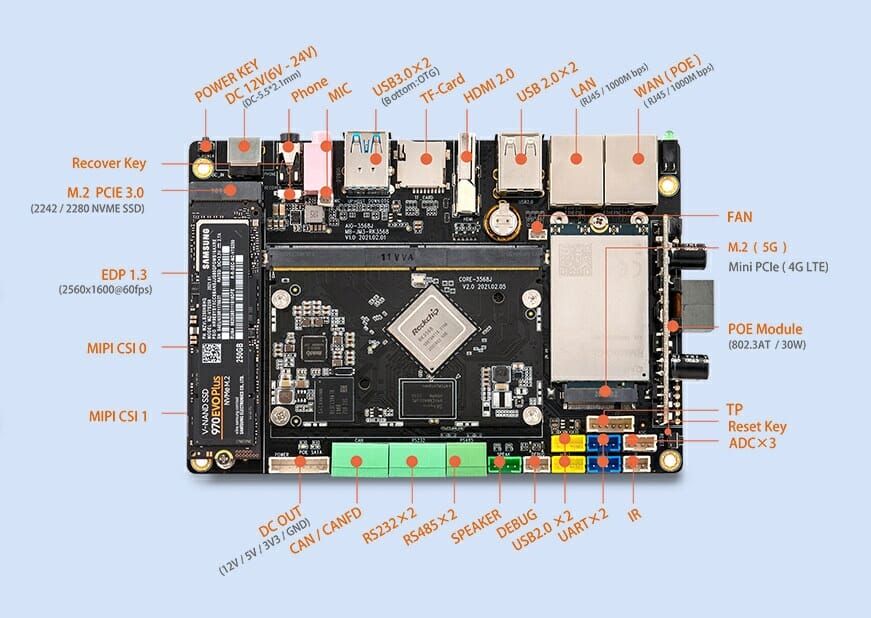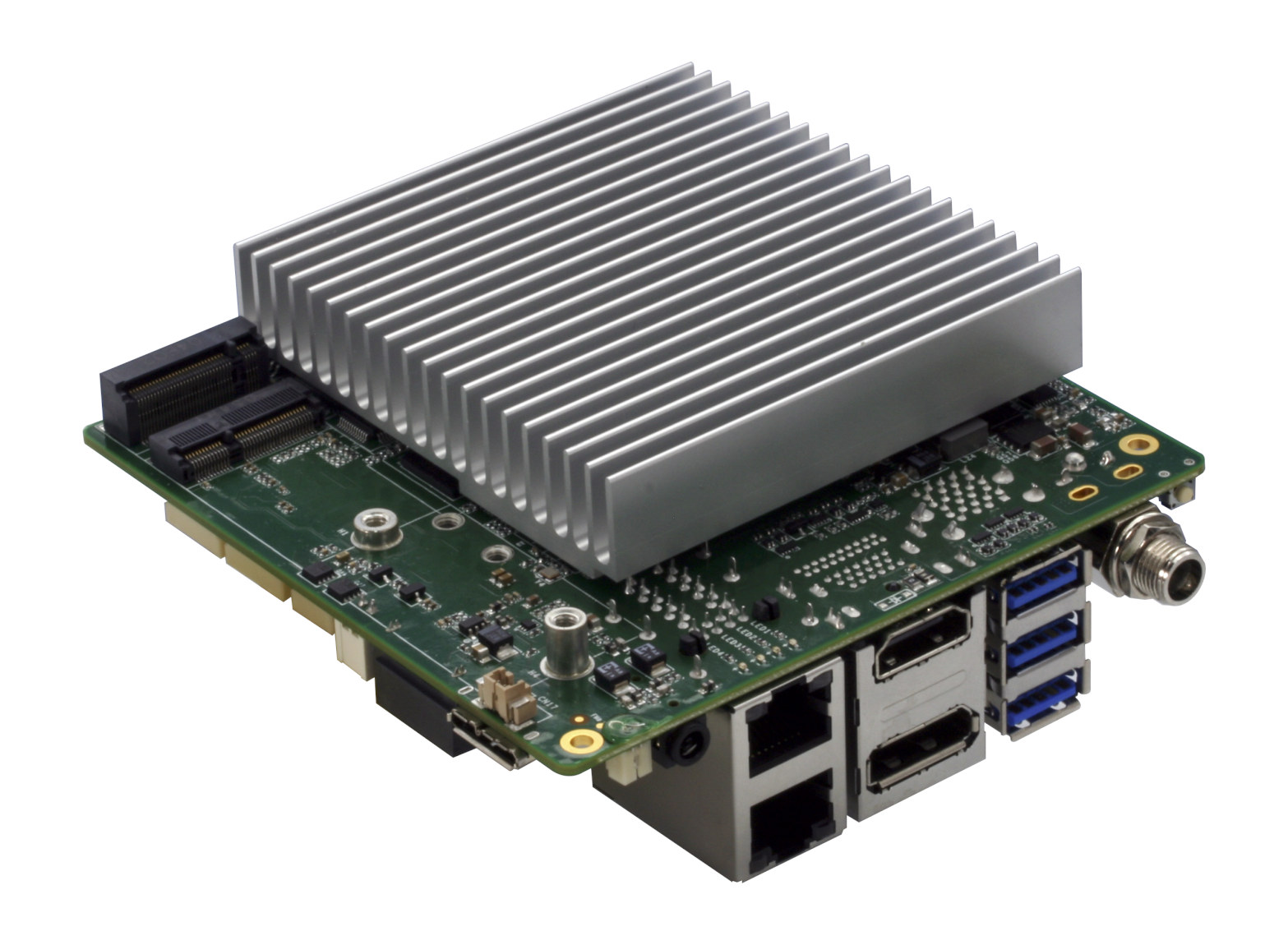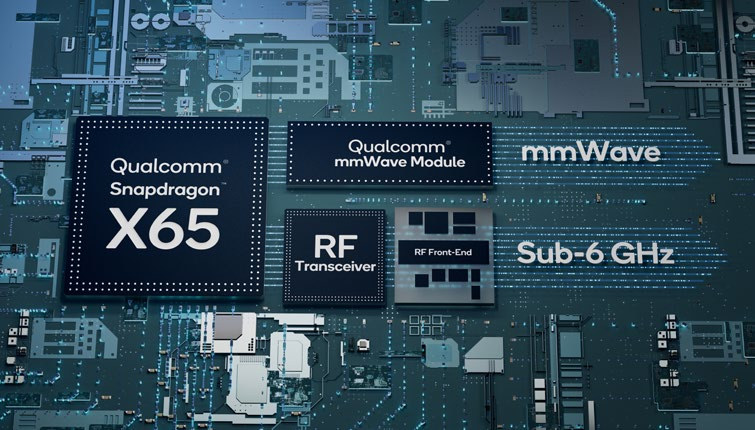Arm Cortex-A78 and LPDDR5 would have been premium features not so long ago, but time flies, and the just-announced MediaTek Dimensity 900 5G SoC for mid-range smartphones includes two Cortex-A78 cores, six Cortex-A55 cores, support for LPDRR5/4 memory, UFS 3.1 storage, and of course 5G cellular connectivity up to 2.77Gbps. The mobile processor’s multimedia capabilities are pretty good as well with support for displays up to 2520 x 1080 resolution at 120 Hz, up to 108MP camera, 4Kp30 video with H.265, H.264, AV1, as well as an Arm Mali-G68 MC4 GPU and third-generation APU 3.0 AI accelerator. MediaTek Dimensity 900 specifications: CPU – Octa-core DynamIQ processor with 2x Arm Cortex-A78 @ Up to 2.4GHz, 6x Arm Cortex-A55 @ Up to 2GHz GPU – Arm Mali-G68 MC4 AI Accelerator – MediaTek APU 3.0 VPU Video Encoding – H.264, H.265 / HEVC up to 4K @ 30FPS Video Playback – H.264, H.265 […]
Armv9 architecture to focus on AI, security, and “specialized compute”
Armv8 was announced in October 2011 as the first 64-bit architecture from Arm. while keeping compatibility with 32-bit Armv7 code. Since then we’ve seen plenty of Armv8 cores from the energy-efficient Cortex-A35 to the powerful Cortex-X1 core, as long as some custom cores from Arm partners. But Arm has now announced the first new architecture in nearly ten years with Armv9 which builds upon Armv8 but adds blocks for artificial intelligence, security, and “specialized compute” which are basically hardware accelerators or instructions optimized for specific tasks. Armv9 still supports Aarch32 and Aarch64 instructions, NEON, Crypto Extensions, Trustzone, etc…, and is more an evolution of Armv8 rather than a completely new architecture. Some of the new features brought about by Armv9-A include: Scalable Vector Extension v2 (SVE2) is a superset of the Armv8-A SVE found in some Arm supercomputer core with the addition of fixed-point arithmetic support, vector length in multiples […]
Snapdragon 780G 5G SoC announced with 12 TOPs AI performance, triple ISP, WIFI 6E
Qualcomm has just announced an update to its Snapdragon 765G 5G processor with Snapdragon 780G 5G mobile platform equipped with Qualcomm Spectra 570 triple ISP (Image Signal Processor) and a 6th generation Qualcomm AI Engine that delivers up to 12TOPS AI performance, or twice that of Snapdragon 765G 5G SoC. As a “G” part, Snapdragon 780G comes with Snapdragon Elite Gaming features to improve the gaming experience with updateable GPU drivers, ultra-smooth gaming, and True 10-bit HDR gaming. Snapdragon 780G also updates its 5G modem with Snapdragon X53 with peak download speeds of 3.3 Gbps on sub-6 GHz frequencies, and supports premium Wi-Fi 6/6E and Bluetooth audio features offered on Snapdragon 888 premium SoC. Snapdragon 780G 5G (SM7350-AB) key features and specifications: CPU – Octa-core Kryo 670 processor with 1x Arm Cortex-A78 @ 2.4GHz, 3x Arm Cortex-A78 @ 2.2GHz, 4x Arm Cortex-A55 @ 1.9GHz GPU – Adreno 642 with support […]
Firefly unveils Core-3568J AI Core Rockchip RK3568 system-on-module & devkit
Firefly has unveiled a new 314-pin SO-DIMM system-on-module (SoM) with Core-3568J AI Core powered by Rockchip RK3568 processor and equipped with up to 8GB RAM, 128GB eMMC flash with interfaces including PCIe, SATA, dual Gigabit Ethernet, HDMI 2.0, eDP 1.3, MIPI DSI and more. The company also provides AIO-3568J development kit for the module with all those interfaces plus an M.2 socket for 5G or WiFi 6 connectivity, and PoE support among other features. Core-3568J AI Core system-on-module Specifications: SoC – Rockchip RK3568 quad-core Cortex-A55 processor @ 2.0 GHz with Arm Mali-G52 2EE GPU with support for OpenGL ES 1.1/2.0/3.2, OpenCL 2.0, Vulkan 1.1, 0.8 TOPS NPU for AI acceleration, 4Kp60 H.265/H.264/VP9 video decoding, and 1080p100 H.265/H.264 video encoding System Memory – 2GB, 4GB, or 8GB LPDDR4 ECC RAM up to 1600 MHz Storage – 32GB, 64GB, or 128GB eMMC flash 314-pin SO-DIMM edge connector with: Storage – SATA 3.0 […]
UP Squared Pro SBC gets more I/Os, 3x M.2 sockets, TPM 2.0 security chip
UP Squared Apollo Lake SBC was launched in 2016 via a crowdfunding campaign with a price starting at just 89 Euros for the model with 2GB RAM 16GB storage, and a dual-core Intel Celeron N3350 processor. AAEON has now announced an update simply called UP Squared Pro with many of the same features, but greater expandability and I/O features, for example, to add 5G modules and AI accelerators through one of the three M.2 sockets, as well as improved security via a TPM 2.0 chip. UP Squared Pro (UPN-APL01) specifications with highlights in bold or strikethrough in comparison to the UP Squared specifications (in 2016): SoC (one or the other) Intel Celeron N3350 dual-core “Apollo Lake” processor @ 1.1 GHz / 2.4 GHz with 12 EU Intel HD graphics 500 @ 200 MHz / 650 MHz (6W TDP) Intel Pentium N4200 quad-core “Apollo Lake” processor @ 1.1 GHz / 2.5 […]
Sony announces Altair ALT1255 5G-ready NB-IoT chipset with 2G fallback
Sony Semiconductor Israel, previously known as Altair Semiconductor, has announced the launch of the Altair ALT1255 NB-IoT (NB2) chipset. The 5G-ready chip comes with an integrated SIM, a user MCU, and a GSM/GPRS fallback modem. Sony Altair ALT1255 NB-IoT chipset specifications: MCU core – Arm Cortex M4 MCU with 192KB RAM for user applications Cellular connectivity CAT-NB1 up to 27.2 Kbps DL, 62.5 Kbps UL CAT-NB2 up to 127 Kbps DL, 158 Kbps UL Carrier-grade integrated SIM (iSIM) 3GPP Release 14 Features – eDRX, PSM, Relaxed monitoring, RAI (Release Assistance Indication), Large TBS, and Dual HARQ processes “OneSKU” frequency range 617 – 960 MHz and 1695– 2200 MHz; Frequency bands HD-FDD bands – 1, 2, 3, 4, 5, 8, 12, 13, 14, 17, 18, 19, 20, 25, 26, 28, 66, 70, 71 and 85 Optional support for 410-467.5 MHz bands: 31, 72, 73, 87, 88 2G quad-band support: GSM-850, E-GSM-900, […]
Snapdragon X65 is the world’s first 10 Gigabit 5G modem
Announced in 2017, the first Qualcomm 5G modem – named Snapdragon X50 – could achieve up to 5 Gbps downloads, it was following by Snapdragon X55 with peak download speeds of 7 Gbps, and Snapdragon X60 upped that to 7.5 Gbps in 2020. The company has now unveiled its fourth-generation 5G modem with Snapdragon X65 promising up to 10 Gigabit per second peak download speed. The new modem is also said to be the first to feature a 3GPP Release 16 modem-to-antenna solution and may be used in mobile broadband, fixed wireless, industrial IoT, and 5G private network applications. Qualcomm Snapdragon X65 key features and specifications: 10 Gbps peak speeds in 5G standalone and non-standalone modes 3GPP Release 16 support Cellular Technology – 5G NR, LTE, WCDMA (DB-DC-HSDPA), TD-SCDMA, CDMA 1x, GSM/EDGE 5G Spectrum – mmWave-sub6 aggregation, sub-6 carrier aggregation (FDD-TDD, FDD-FDD, TDD-TDD), Dynamic Spectrum Sharing (DSS) 5G Modes – […]
Hisense A7CC 5G smartphone integrates a 6.7-inch color E-Ink display
Hisense A5 was one of the first phones exclusively equipped with an e-Paper display. But following the launch of color E-Ink displays and color eReaders from other companies last year, the Chinese company has now launched Hisense A7CC 5G smartphone with a 6.7-inch color E-Ink display. The phone is powered by UNISOC T7510 octa-core processor, which appears to be based on T710 SoC with 5G modem, and comes with 6GB RAM and 128GB flash storage. Hisense A7CC specifications: SoC – UNISOC Tiger T7510 octa-core processor with 4x Arm Cortex-A75 cores @ 2 GHz, 4x Arm Cortex-A55 cores @ 1.8 GHz, and Imagination PowerVR GM9466 GPU System Memory – 6GB RAM Storage – 128GB flash Display – 6.7-inch E-Ink display with 4096 colors, 100 dpi Audio – 3.5mm headphone jack with AK4377AECB audio DAC; built-in microphone and speaker Camera – Dual rear cameras + single front-facing camera Connectivity Cellular – 5G […]


